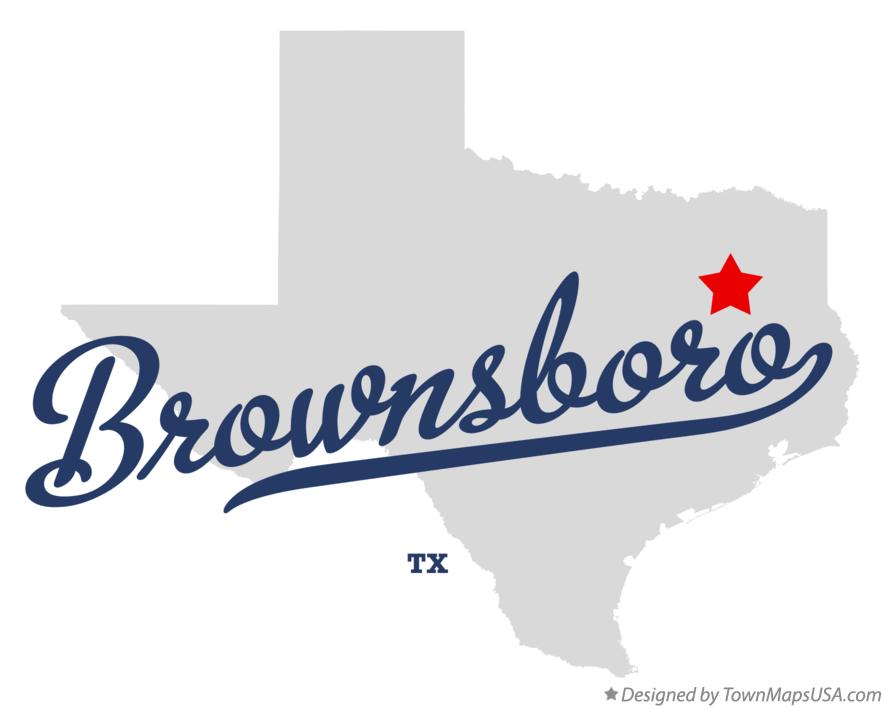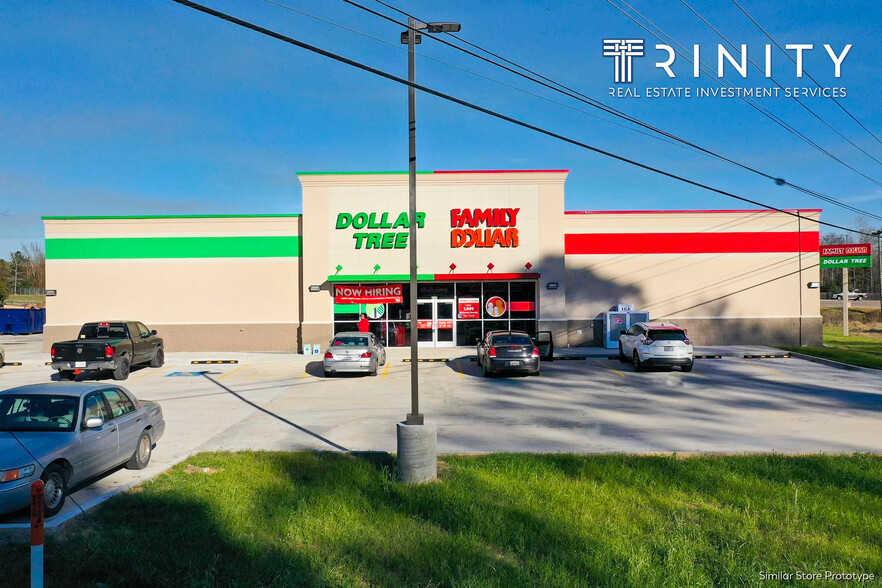Houses For Sale In Brownsboro Tx – Whether it’s a handmade leather bag, a vintage watch, or a luxury car, the term “quality” brings with it an expectation — an assurance that the item in question has been crafted with care, attention to detail, and materials that can stand the test of time. Business brokers play a key role in facilitating the transaction by acting as intermediaries between the buyer and seller. This connection between consumers and the creators of quality goods is something that’s been fostered for centuries. For the seller, the goal is often to maximize the value of the business, which requires a clear understanding of the company’s assets, liabilities, and future earning potential. For the buyer, there is the risk of inheriting a business with hidden problems or liabilities that were not disclosed during the due diligence process. The concept of quality, however, is not a one-size-fits-all. Whether it’s a vintage armchair, a gently used dining table, or a piece of mid-century modern furniture, second-hand furniture can be both functional and stylish. A piece of art, for example, may be valued differently by various individuals based on personal taste, financial resources, or the emotional connection they feel to the work. The democratization of commerce has opened up opportunities for millions of people, giving them the chance to pursue their dreams and create their own paths to success. While buying and selling second-hand items can come with its challenges, the rewards—both financially and environmentally—make it a worthwhile pursuit for many people. When someone buys a second-hand item, whether it’s a piece of furniture passed down through generations or a retro jacket from a bygone era, they are not just acquiring an object; they are connecting to a story, a memory, or a cultural moment. This revival can be attributed to a combination of economic factors, growing awareness of environmental issues, and a shift in consumer attitudes toward sustainability and the value of pre-owned items. For fashion-conscious individuals, buying second-hand is a way to express their personal style while also supporting sustainable practices. When a person creates something, they are offering a piece of themselves to the world, not for sale, but as a gift. These platforms allow buyers to browse listings, access detailed business profiles, and initiate contact with sellers, all from the comfort of their own home. In the end, the phrase “for sale” is about more than just the exchange of money for goods or services. The concept of “for sale” stretches beyond physical items. The rise of online platforms has transformed the way second-hand goods are bought and sold. Regardless of the reason, the sale of a business is an event that requires careful planning, transparent communication, and strategic negotiations. This pride comes not just from the product itself, but from knowing that you are supporting a tradition of craftsmanship and care.

Map of Brownsboro, TX, Texas
Homes for sale by owner · homes for sale · condos for sale View local noise levelsview property flood risksneighborhood infofind open houses

14113 TX31, Brownsboro, TX 75756
Homes for sale by owner · homes for sale · condos for sale View local noise levelsview property flood risksneighborhood infofind open houses

Brownsboro Real Estate Find Houses & Homes for Sale in Brownsboro, TX
View local noise levelsview property flood risksneighborhood infofind open houses Homes for sale by owner · homes for sale · condos for sale

14113 TX31, Brownsboro, TX 75756
View local noise levelsview property flood risksneighborhood infofind open houses Homes for sale by owner · homes for sale · condos for sale

12049 County Road 3300, Brownsboro, TX 75756 Trulia
Homes for sale by owner · homes for sale · condos for sale View local noise levelsview property flood risksneighborhood infofind open houses

Map of Brownsboro city Thong Thai Real
Homes for sale by owner · homes for sale · condos for sale View local noise levelsview property flood risksneighborhood infofind open houses

11186 Skyline Dr, Brownsboro, TX 75756 Trulia
Homes for sale by owner · homes for sale · condos for sale View local noise levelsview property flood risksneighborhood infofind open houses

20740 County Road 3302, Brownsboro, TX 75756 MLS 20274148 Trulia
View local noise levelsview property flood risksneighborhood infofind open houses Homes for sale by owner · homes for sale · condos for sale

Map of Brownsboro city Thong Thai Real
View local noise levelsview property flood risksneighborhood infofind open houses Homes for sale by owner · homes for sale · condos for sale

8371 FM 314 N, Brownsboro, TX 75756 Eighteen Forty Six Media
Homes for sale by owner · homes for sale · condos for sale View local noise levelsview property flood risksneighborhood infofind open houses
This shift from a linear economy, where products are made, used, and disposed of, to a circular one, where products are continually reused and repurposed, is a step towards a more sustainable and environmentally friendly world. Unlike mass-produced items that may become outdated or fall apart with minimal use, quality products are designed to endure. These moments remind us that there is more to life than the pursuit of profit, and that not everything can be measured by a price tag. Buying second-hand goods has numerous advantages. These goods, once owned and used by someone else, offer a unique opportunity for both sellers and buyers to exchange items that might otherwise go unused. By purchasing second-hand goods, consumers help keep products circulating in the economy, giving them new life and purpose. Whether it’s the sleek lines of a designer chair or the intricate patterns on a handwoven rug, quality goods are often as much about aesthetics as they are about functionality. For those considering buying a business, the appeal often lies in the opportunity to take over an existing operation and build upon its foundation. For the buyer, there is the risk of inheriting a business with hidden problems or liabilities that were not disclosed during the due diligence process. Whether it’s a handmade leather bag, a vintage watch, or a luxury car, the term “quality” brings with it an expectation — an assurance that the item in question has been crafted with care, attention to detail, and materials that can stand the test of time. From designer labels to quirky, eclectic finds, second-hand clothing offers a wealth of variety and style at a fraction of the price of new items. Many online platforms also allow buyers and sellers to leave feedback and reviews, helping to build trust and credibility in the transaction. The notion suggests a world where anything and everything, regardless of its intrinsic value, can be bought, sold, or traded. When people buy second-hand items, they are extending the life cycle of those goods, which means fewer products end up in the trash. In the age of immediacy, it can often feel as though many goods are made with built-in obsolescence, created to be replaced every few years. Yet, despite this shift, the appeal of quality craftsmanship has not waned. This typically involves drafting and signing a sale agreement, which outlines the terms and conditions of the transaction. Additionally, second-hand furniture allows buyers to find unique items that may not be available in traditional furniture stores. A new smartphone, for example, can cost hundreds of dollars, but buying a used one can cut the price down by more than half. Second-hand goods for sale are no longer seen as inferior or out-of-date, but rather as a conscious, stylish, and eco-friendly choice.
When you buy something made from premium materials, crafted with attention to detail, and tested for reliability, you can expect it to deliver value that surpasses its initial cost. For people looking to furnish their homes, build a wardrobe, or invest in certain hobbies or collections, second-hand goods often provide a way to access items they might otherwise be unable to afford. When it’s put up for sale, it can bring with it a sense of loss, as if a piece of the seller’s life is being taken away. With the rise of online platforms and a growing cultural shift toward sustainability, the second-hand market continues to thrive, providing consumers with more options and opportunities than ever before. For example, an old wooden chair might be sanded down and refinished into a modern piece of furniture, or a vintage dress might be altered to fit a contemporary style. It forces us to ask difficult questions about ownership, worth, and the limits of human desire. For the seller, the goal is often to maximize the value of the business, while for the buyer, the focus is on ensuring that the investment is sound and that the business can continue to thrive under new ownership. They are investments, not just purchases, and their value is often felt long after the original transaction has ended. This subjective nature of value is what makes the “for sale” market so dynamic. For the buyer, purchasing a home is a dream realized, a step toward security and stability. Perhaps the most troubling aspect of the idea that everything is for sale is how it can shape the way we view the world and each other. Social movements and grassroots organizations work tirelessly to provide resources and support to those who need it, often without expecting anything in return. For many people, there is something uniquely satisfying about sifting through racks of clothes, rummaging through bins of books, or browsing shelves of home goods in search of that perfect item. Overpricing an item can lead to it sitting unsold, while underpricing it can result in lost potential revenue. Many people continue to resist the notion that everything has a price, and they fight to reclaim what is meaningful and valuable in life. Quality goods stand in stark contrast to this cycle. They can assist in determining the right price for the business, marketing it to potential buyers, and managing the negotiation process. For the seller, the goal is often to maximize the value of the business, which requires a clear understanding of the company’s assets, liabilities, and future earning potential. For fashion-conscious individuals, buying second-hand is a way to express their personal style while also supporting sustainable practices. People are rediscovering the value of items that have been made by hand, with care and skill, as opposed to the impersonal, assembly-line products that dominate the marketplace.